Synchronizing Engines and Empathy: Streamlining Service with a Human Touch
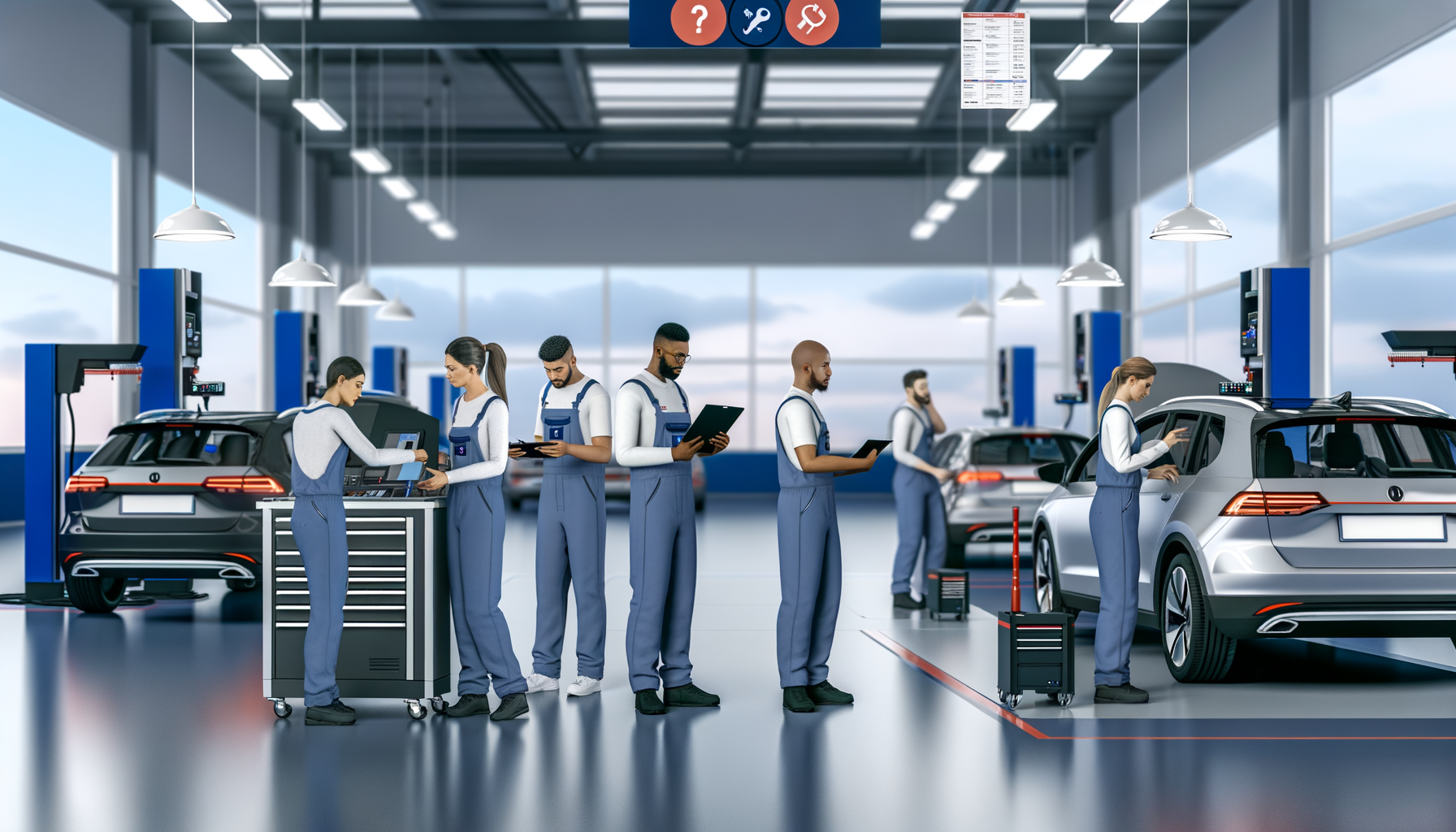
Understanding the Current Landscape of Service Departments
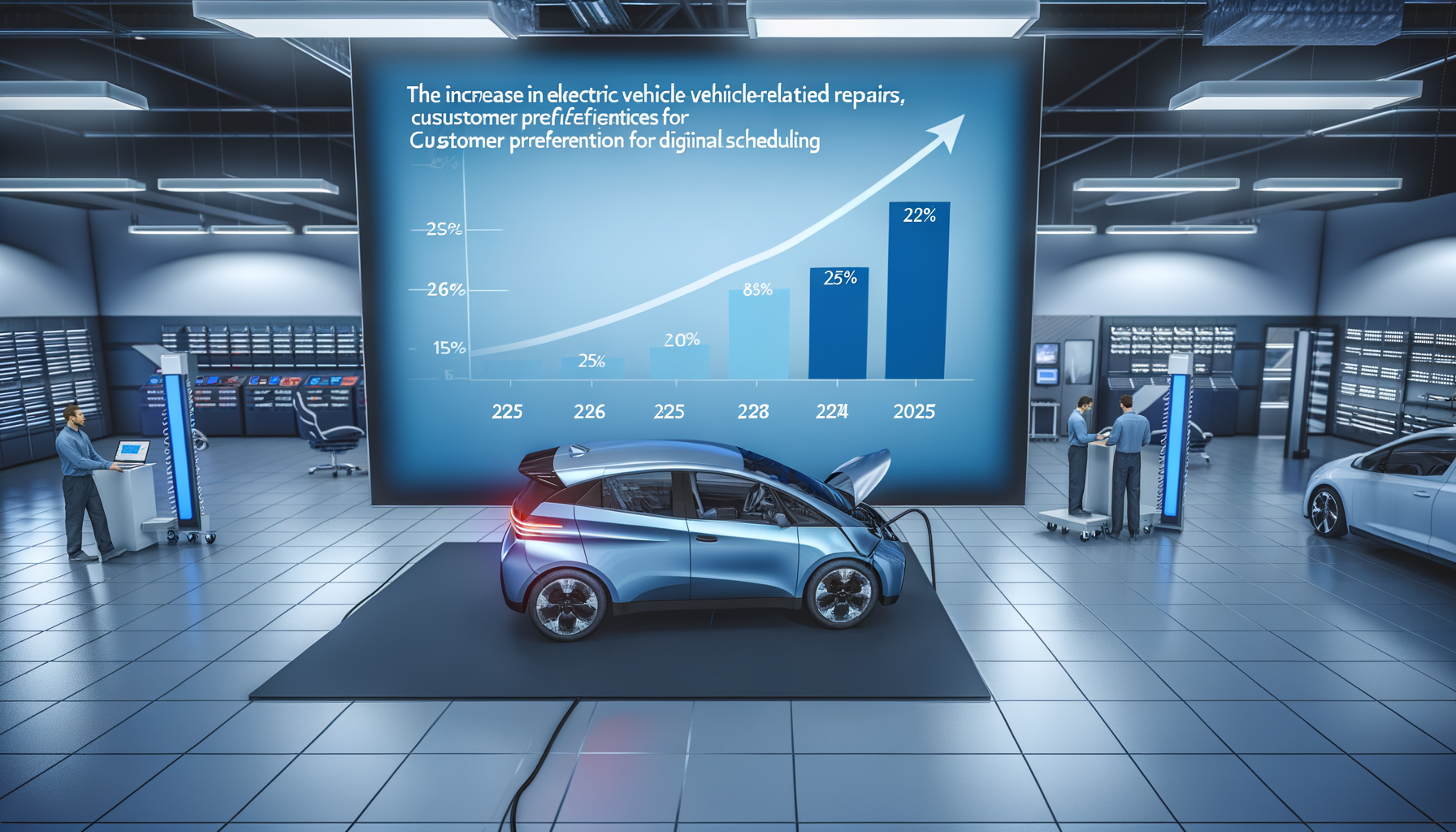
The automotive service industry has seen significant changes in 2025, with a 15% increase in EV-related repairs necessitating updated training and equipment. Additionally, 68% of customers now prefer digital service scheduling, a trend boosting operational efficiency and customer satisfaction.
OEM requirements for dealership service training have become more stringent, impacting how service departments prepare their staff. Coupled with parts shortages and high turnover rates, these factors are reshaping the operational strategies of service departments.
Adopting a proactive approach to these challenges involves understanding current trends and aligning your strategies with industry demands. By doing so, service departments can position themselves for improved efficiency and profitability.
Key Strategies for Streamlining Operations
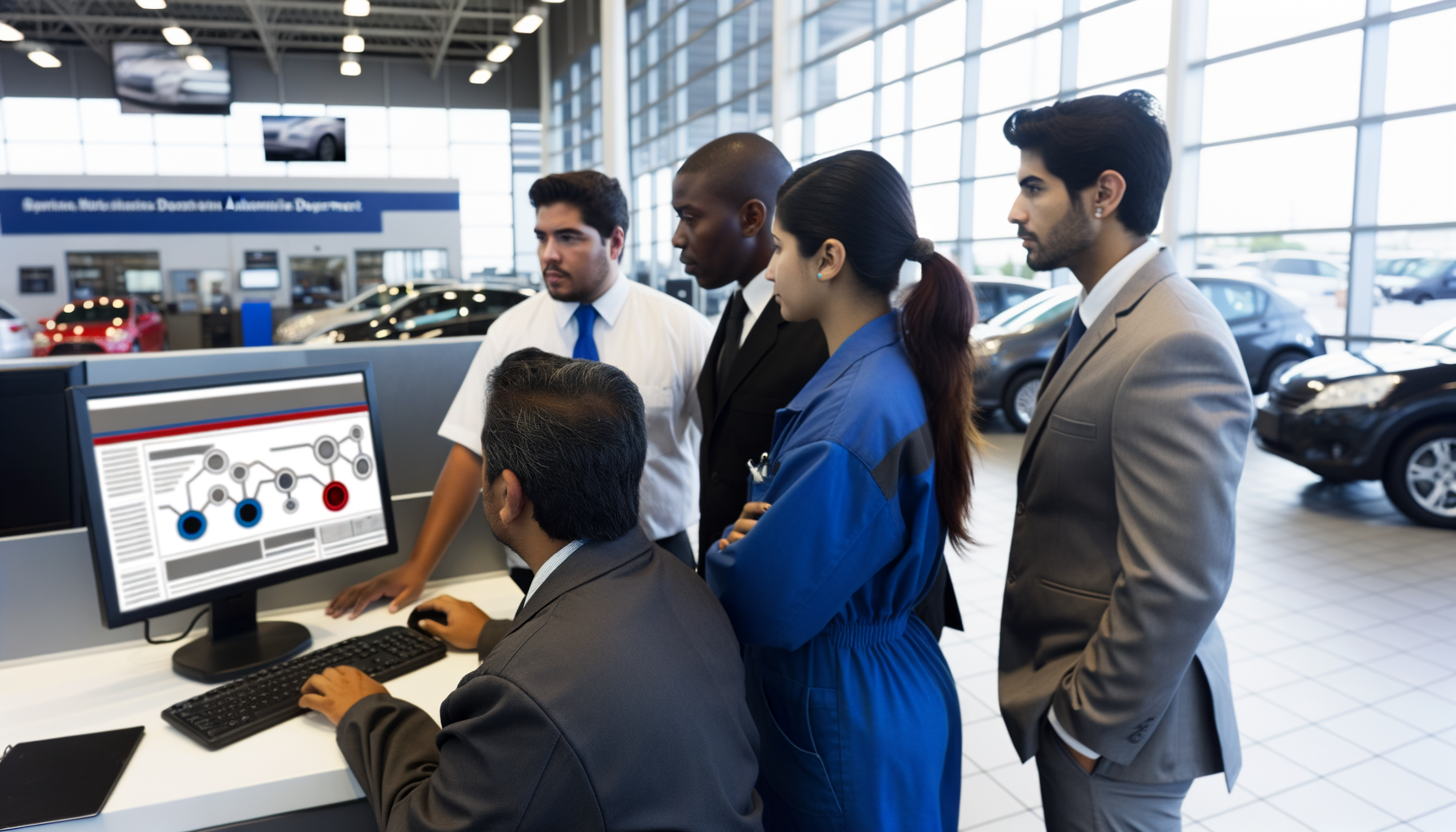
To streamline operations, dealerships must focus on process optimization. This includes conducting workflow audits to identify bottlenecks and implementing lean methodologies for efficiency.
A step-by-step approach involves mapping out each service process, identifying redundancies, and standardizing tasks where possible. This ensures that each step is performed consistently and efficiently.
Case Study: A mid-sized dealership reduced service bay idle time by 20% by reassigning tasks based on technician expertise and implementing a just-in-time inventory system.
Leveraging Technology for Workflow Automation
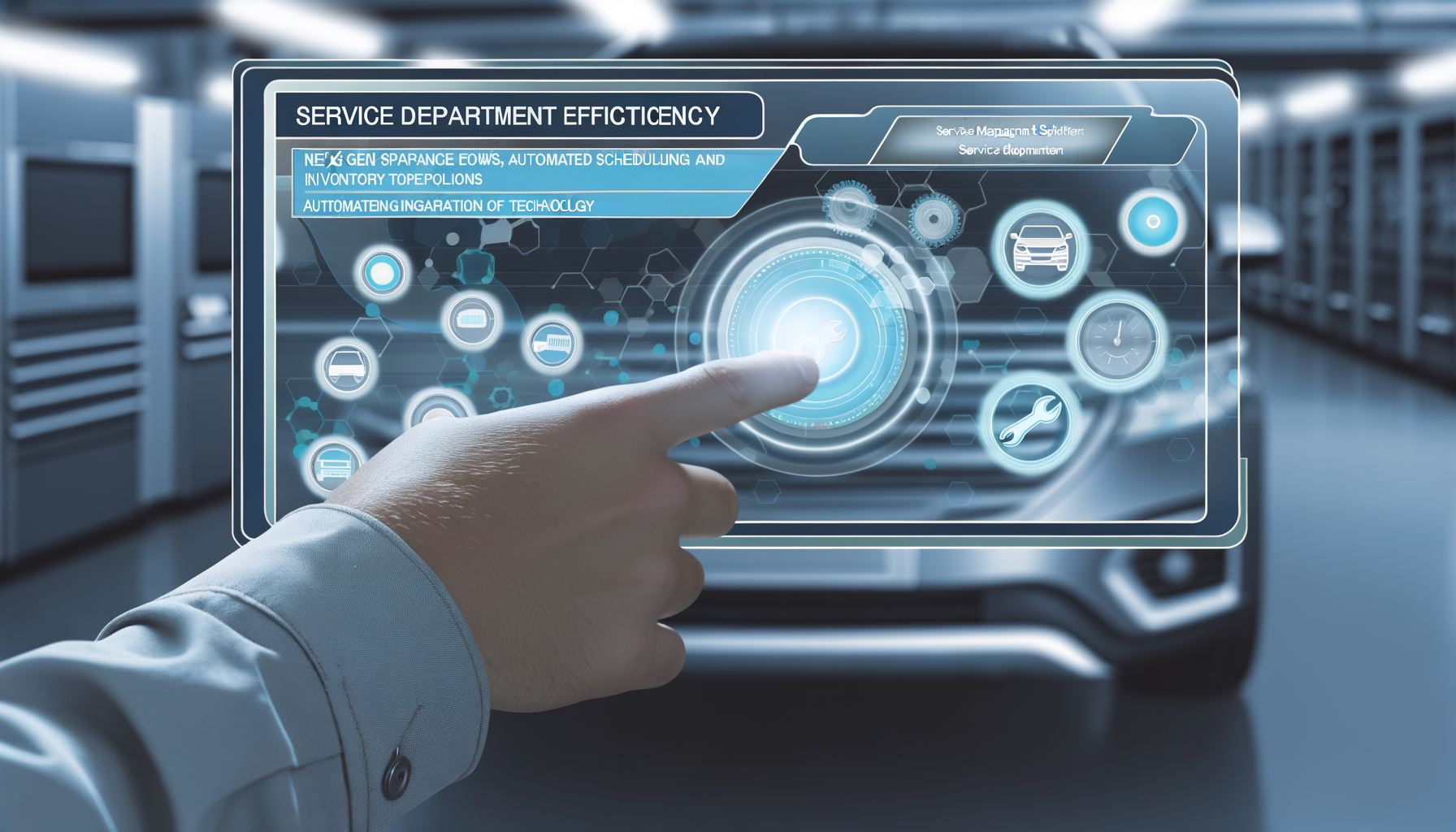
Technology plays a pivotal role in automating service workflows. Tools such as Auto Pro Solutions software can automate routine tasks, freeing up technicians to focus on more complex issues.
Implementation Steps: Begin by integrating service management software that tracks vehicle history, schedules maintenance, and manages parts inventory automatically.
By using predictive analytics, service departments can anticipate service needs and reduce unexpected downtime. This not only improves efficiency but also enhances customer satisfaction by minimizing wait times.
Staff Training and Retention Strategies
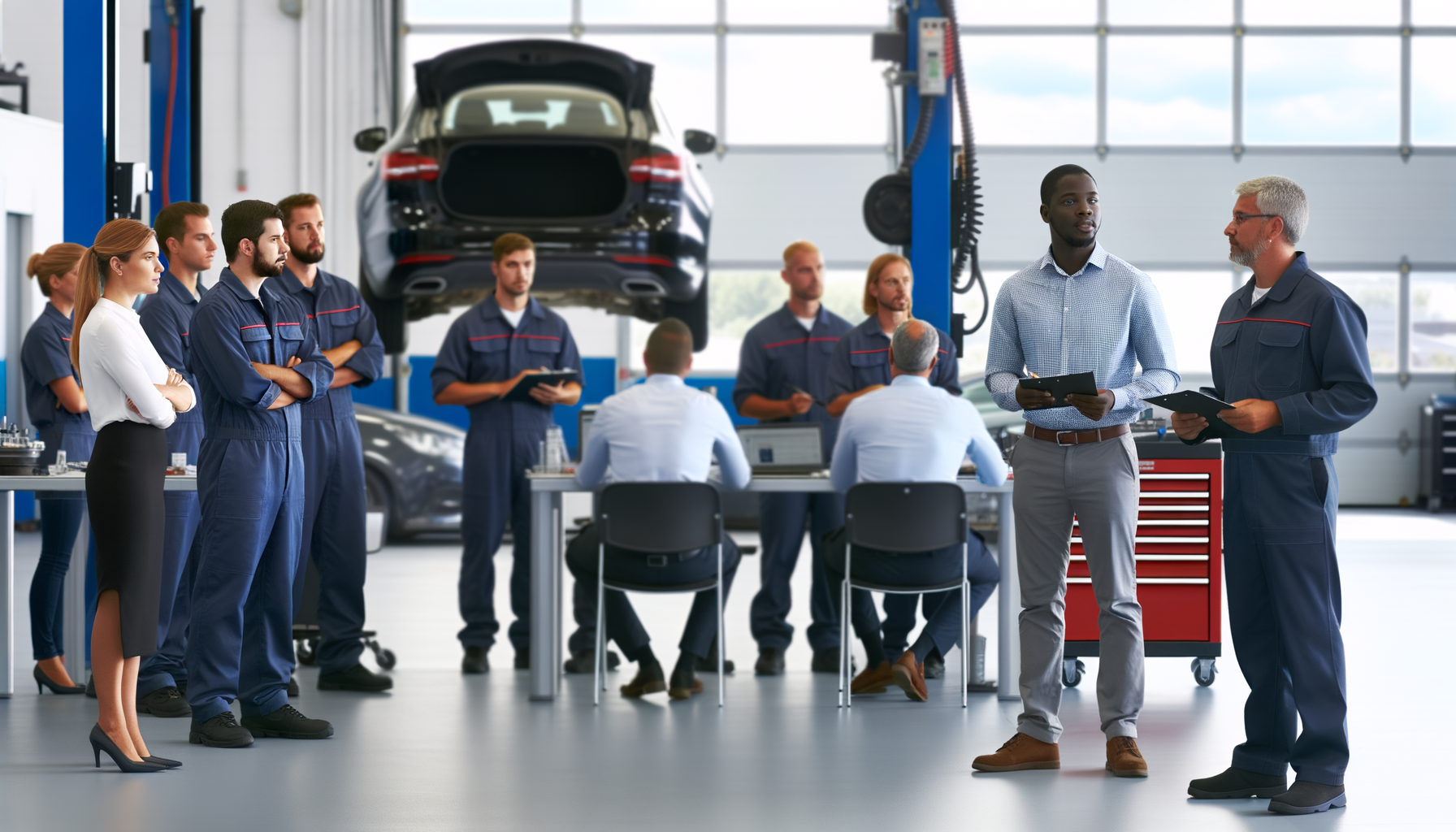
Effective staff management is critical to maintaining efficiency. With new OEM requirements, regular training programs must be integrated to ensure technicians are up-to-date with the latest technologies and repair techniques.
Offer incentives such as certification bonuses or career progression opportunities to reduce turnover. A well-trained and motivated team is more productive and contributes to a positive workplace culture.
Example: Dealerships that implemented continuous education programs saw a 30% increase in repair accuracy and a 15% reduction in turnover rates.
Enhancing Customer Experience and Reducing Wait Times
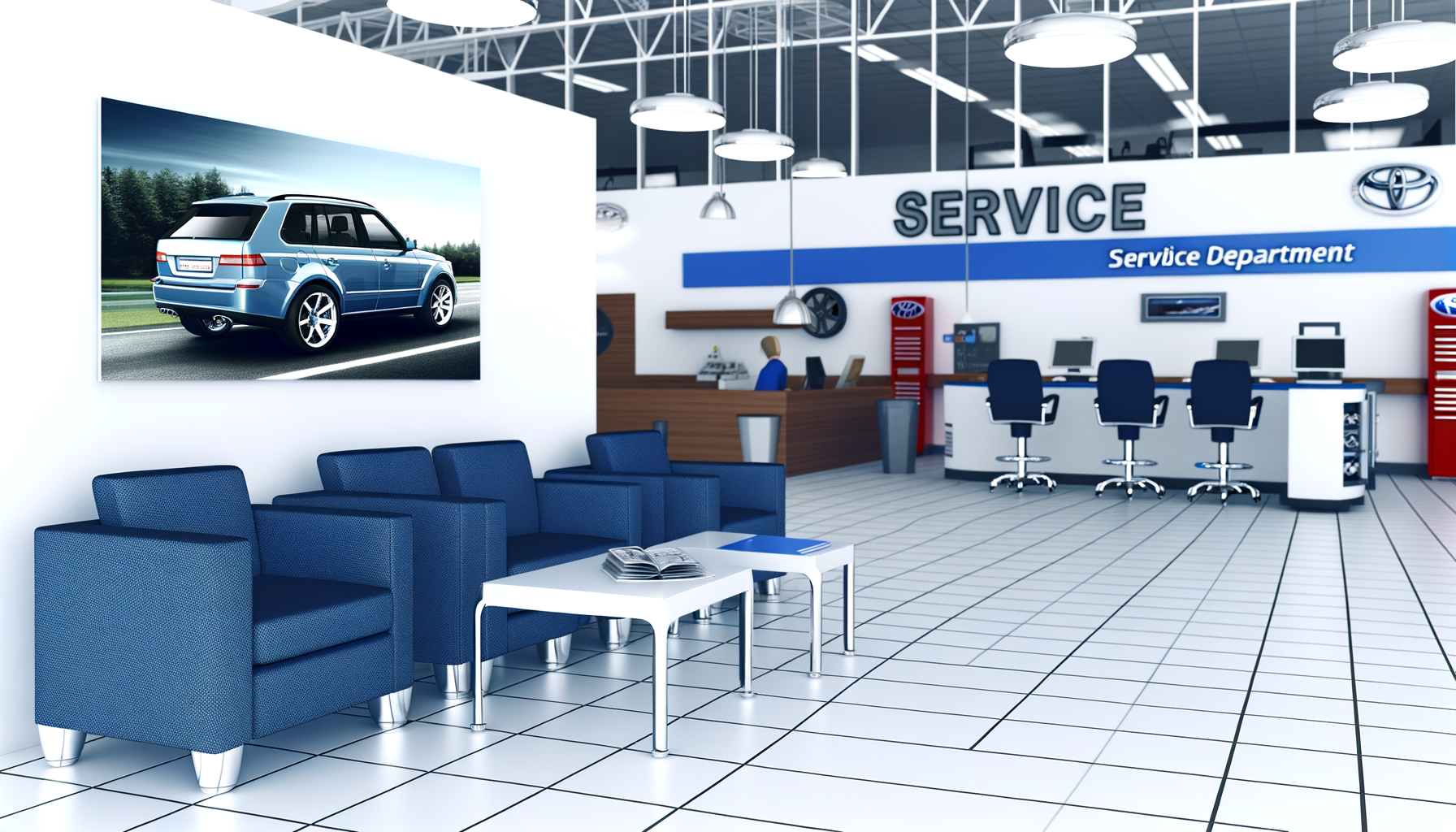
Reducing service department wait times is crucial for enhancing customer satisfaction. Implementing digital tools for scheduling and updates can significantly cut down customer wait times.
Utilize real-time communication platforms to keep customers informed about service status and any potential delays. This transparency builds trust and improves overall customer experience.
Practical Tip: Provide a comfortable waiting area with amenities such as Wi-Fi and refreshments to improve the customer experience while they wait.
Measuring and Analyzing Efficiency Improvements
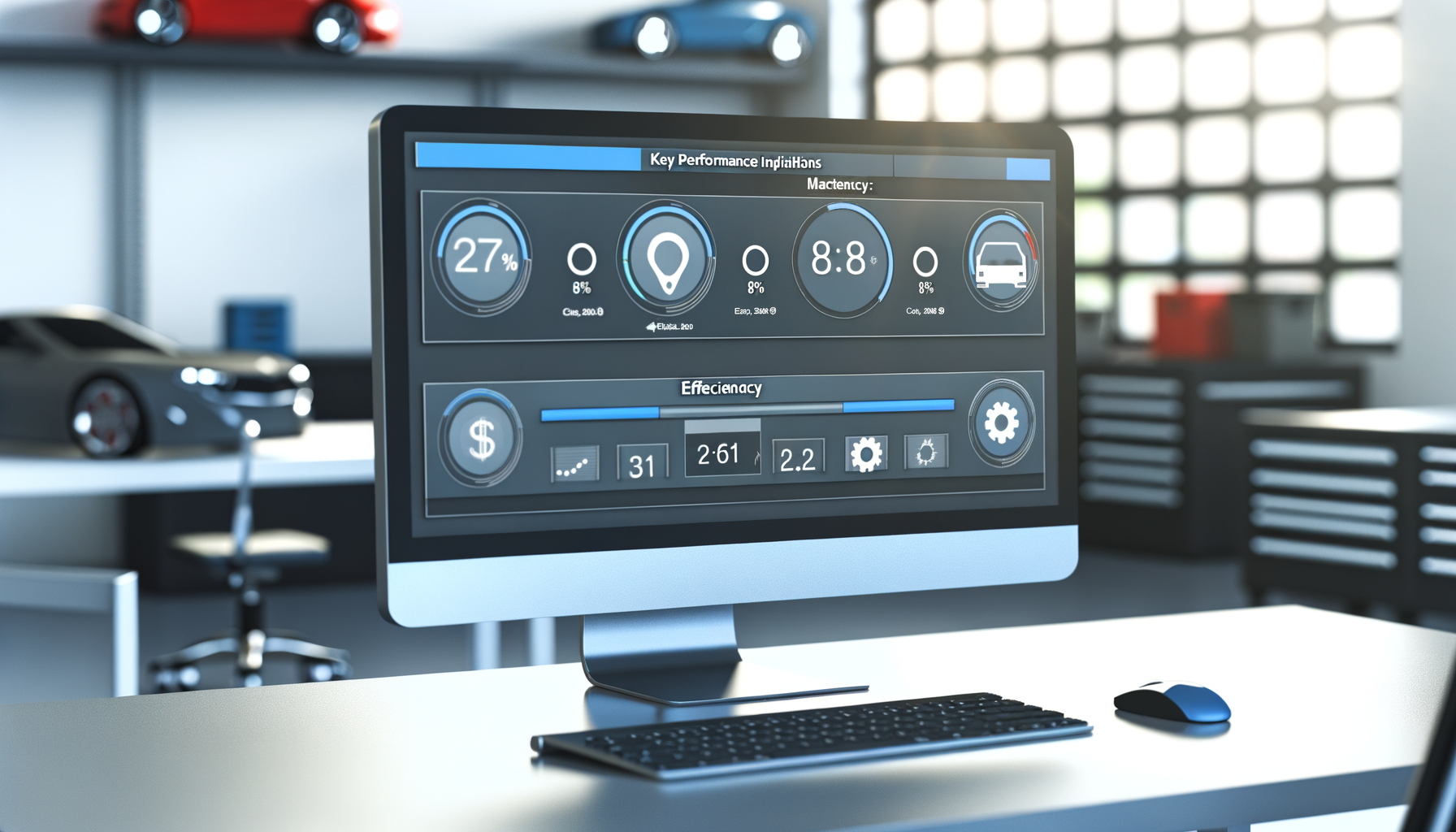
To ensure continuous improvement, service departments must measure efficiency metrics regularly. Key performance indicators (KPIs) such as first-time fix rate, service cycle time, and customer satisfaction scores should be tracked.
Utilize analytics tools to gather data and generate reports that highlight areas for improvement. With these insights, make data-driven decisions to refine processes and enhance efficiency.
KPI Benchmark Example: Successful dealerships often aim for a first-time fix rate of 90% or higher, reducing both repeat visits and operational costs.
Related Topics
Ready to take your service department to the next level?
Schedule your demo today and experience the power of Auto Pro Solutions.
Schedule Demo